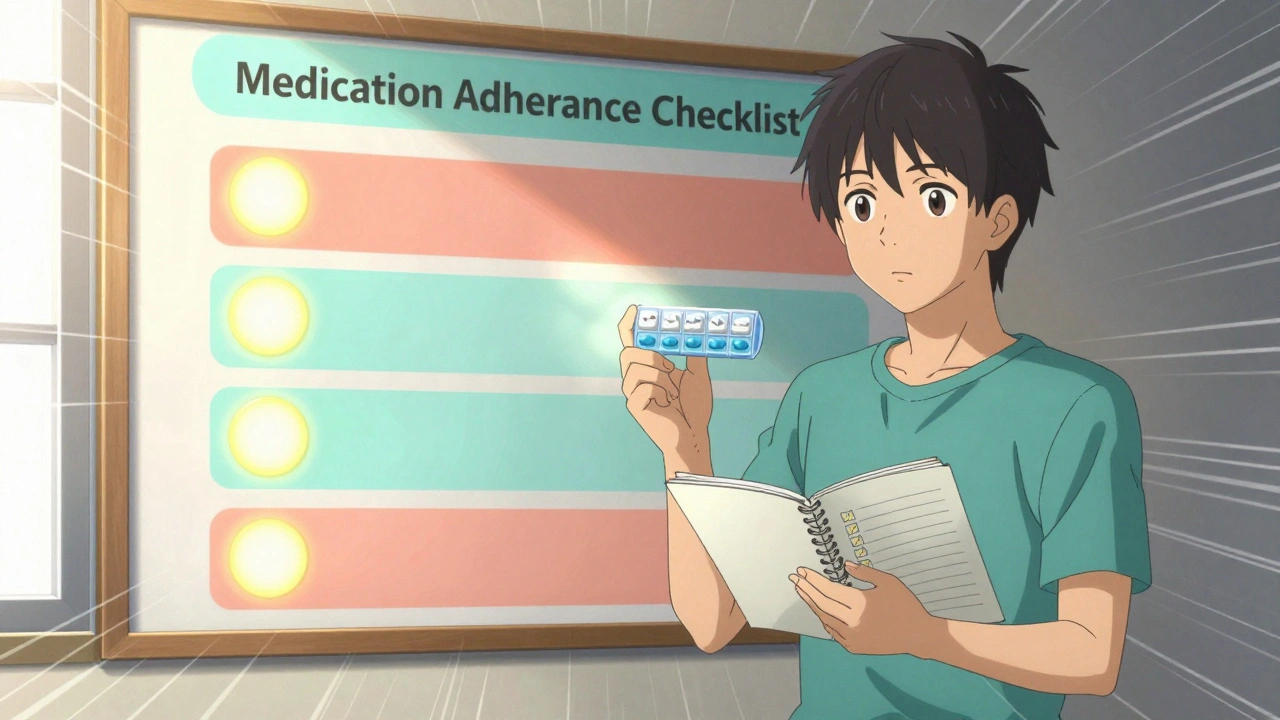Coping Tips for Everyday Challenges
When you hear the phrase Coping Tips, simple, actionable methods for handling stress, anxiety, and daily pressures, you expect real‑world advice you can start using right away. Also known as life‑hacks for mental well‑being, coping tips often blend Stress Management, techniques that lower physiological tension and calm the mind with solid Mental Health, supportive practices that keep emotional balance. When anxiety spikes, Anxiety Relief, fast‑acting calming actions like breathing drills or grounding becomes a core part of the toolbox. Together these ideas form a network: coping tips encompass stress management, mental health care, and lifestyle adjustments; effective coping requires consistent lifestyle changes; and mental health influences how well any tip works.
Why Lifestyle Changes Matter
Most people think coping stops at a quick fix, but lasting relief comes from tweaking daily habits. Simple moves like a 10‑minute walk, balanced meals, and regular sleep slots build a foundation that lets stress‑management techniques work better. When you pair a breathing exercise with a habit of morning sunlight, the body learns to reset faster. This relationship—Lifestyle Changes, steady adjustments in diet, exercise, and sleep patterns supporting Stress Management—creates a feedback loop that reduces the intensity of future stress spikes.
Another key piece is social connection. Talking to a friend, joining a community group, or even posting a supportive comment online gives you emotional bandwidth. The act of sharing lightens the mental load and reinforces the mental‑health pillar of coping. In practice, a brief chat after a stressful meeting can reset your nervous system, making the next coping tip you try feel more effective.
Technology can be both a distraction and a helper. Dedicated apps that prompt you to breathe, track mood, or remind you to stretch turn abstract advice into concrete actions. When you set a phone reminder for a 5‑minute mindfulness break, you’re turning the abstract idea of “stay present” into a measurable habit. This ties the concept of Digital Tools, apps and timers that support mental‑wellness routines directly to the core coping strategy, boosting consistency.
Understanding your own triggers is also vital. Keep a short journal noting when you felt a surge of anxiety or a dip in mood. Over a week you’ll spot patterns—perhaps late‑night screen time or a particular workload—that you can address head‑on. Recognizing triggers links self‑awareness to Anxiety Relief, because knowing the cause lets you apply the right tool at the right moment.
Physical activity isn’t just about fitness; it directly lowers cortisol, the stress hormone. Even a quick set of jumping jacks releases endorphins that lift mood. Pair this with a grounding exercise—like naming five things you see—to amplify the benefit. The synergy between movement and mental‑focus illustrates the principle: Exercise, any moderate‑intensity activity that raises heart rate fuels Anxiety Relief and strengthens overall coping capacity.
Nutrition plays a subtle but real role. Foods rich in omega‑3 fatty acids, magnesium, and B‑vitamins support neurotransmitter balance, which can smooth the edges of anxiety and depression. Swapping a sugary snack for a handful of nuts provides steadier blood sugar, reducing irritability spikes that often trigger stress reactions. This nutrition‑mind link offers another concrete way to embed coping tips into daily life.
Lastly, remember that coping is a skill you build over time, not a one‑off fix. Start with one tip that feels doable—maybe a nightly 5‑minute breathing session—then layer another as the habit sticks. The progressive approach respects the brain’s learning curve and prevents overwhelm. Each new habit reinforces the previous ones, creating a resilient coping network.
Below you’ll find a curated collection of articles that dive deeper into each of these areas. From buying affordable medication safely to understanding how specific health conditions affect anxiety, the posts provide practical steps you can apply right now. Browse the list to expand your toolbox and keep building stronger coping strategies.
Coping with Bladder Pain at Work: Practical Tips for a Comfortable Day
Learn effective strategies to manage bladder pain while at work. From hydration habits to ergonomic adjustments, discover practical tips for a more comfortable and productive day.






